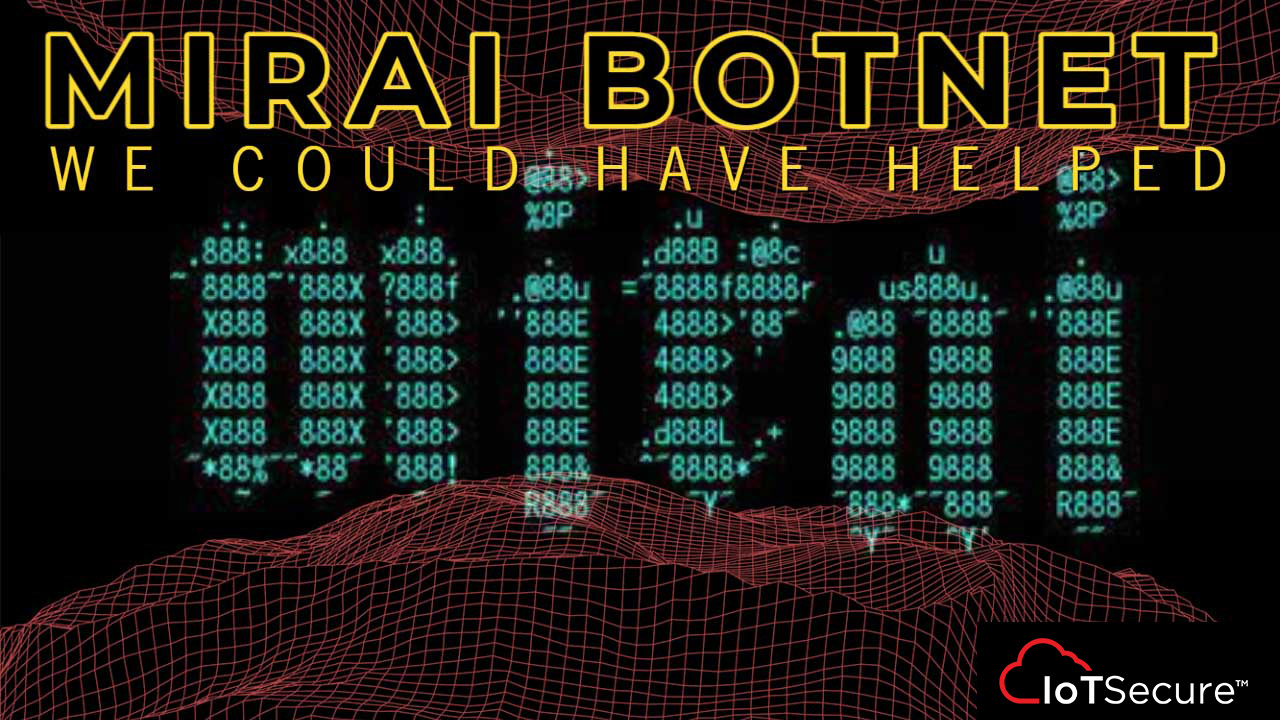
How businesses are accelerating the growth of internet-connected smart devices
The Internet of Things is a huge buzzword right now. The term refers to the use of devices that are connected to the internet, but without a traditional user input like on a computer or smartphone. Using news sources and reports by experts, IoTSecure collected information about how businesses are accelerating growth in the Internet of Things.
Every generation of electronics has gotten smarter, but it’s only in the recent past that electronics have gotten “smart”—a technical term referring to smart TVs, refrigerators, and other devices that are connected to the internet. These devices are able to communicate with each other and send data on user behaviors, for example, allowing you to use a remote phone application in order to adjust your home thermostat so everything is cool and comfortable when you get home.
In-home applications make up a large part of the IoT device market, but there is ongoing growth with the potential to transform many different business industries. It’s here that IoT gets many business leaders excited as they look for ways to make manufacturing and other industries more efficient and better gauge and respond to supply and demand. Health care is another vital industry that could be revolutionized via IoT, with better monitoring and support for doctors, nurses, and home health aides.

Business spending on IoT has increased by more than 10% for the last three years
Businesses have increased spending by over 10% in each of the last three years on IoT devices. Part of this spending is in development of devices intended for consumer use, such as smartwatches, wearable fitness monitors, and video game consoles. There has also been a rise in the cost of raw materials that go into making the batteries that power these devices. Another part of the spending growth is by businesses that are upgrading to fully integrate IoT devices into their operations. The leading industries for IoT growth are health care and manufacturing.
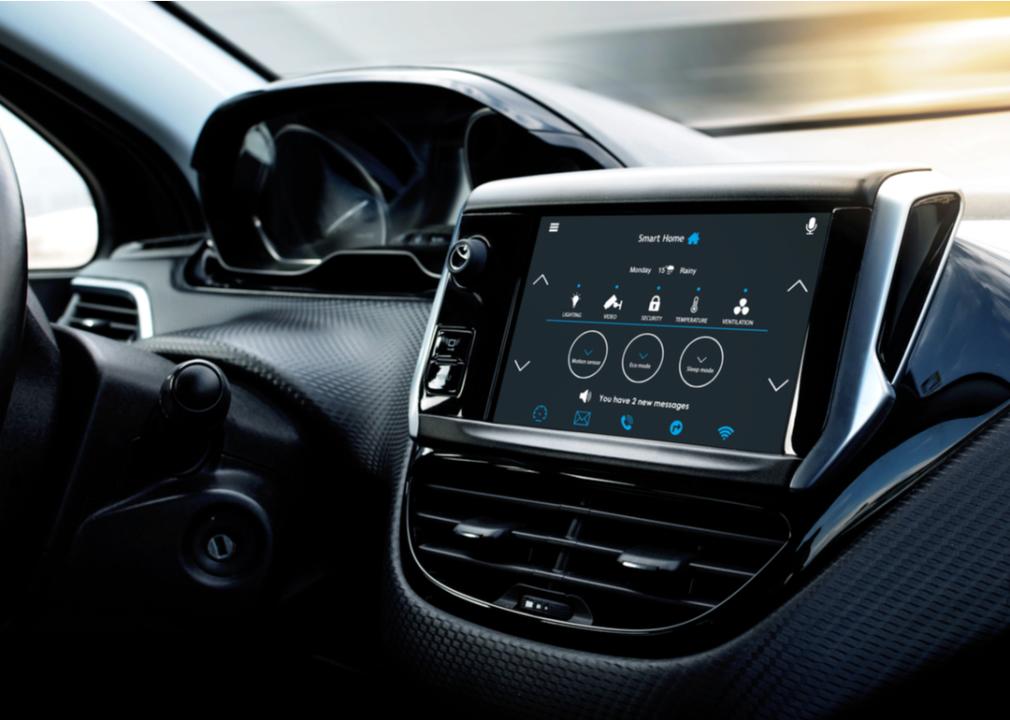
There are an estimated 18 billion IoT devices today
The Internet of Things is an umbrella term encompassing “smart” devices like TVs and refrigerators as well as other machines like your car and video game console. These devices are connected to the internet, but don’t have a traditional user interface associated with a personal computer or smartphone. But it’s easy to see how those categories could add up to the estimated 18 billion IoT devices in the world, with potential for a high number within the same connected family group. The number of devices will continue to rise as more people upgrade their household appliances and vehicles.
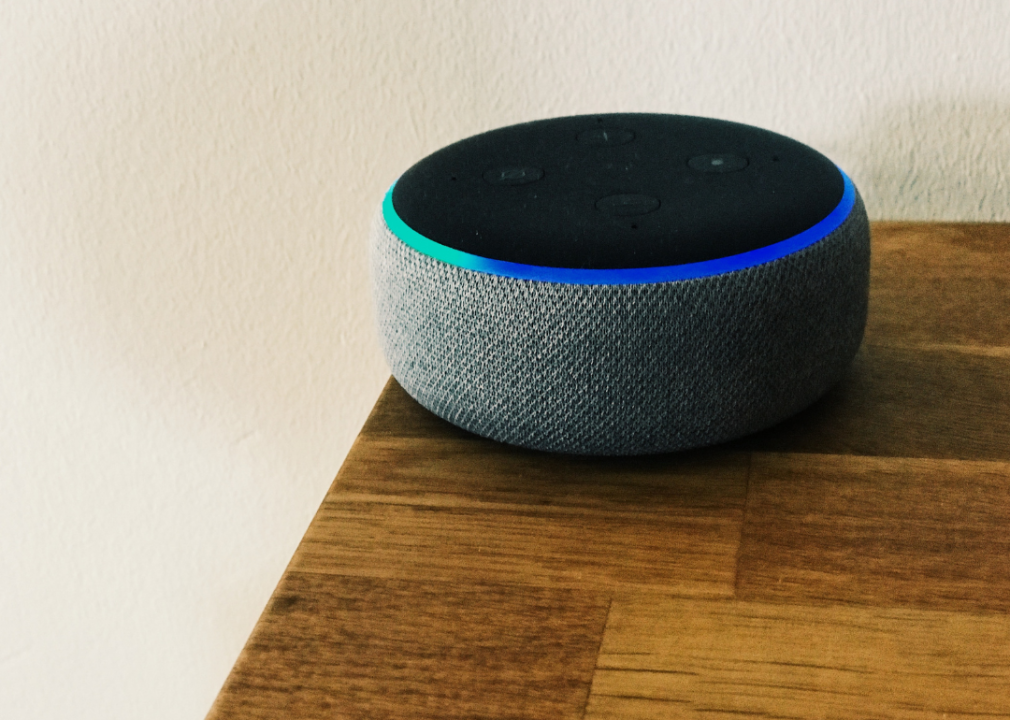
The devices are projected to create 90 zettabytes of information by 2025
According to global markets intelligence firm IDC, IoT devices are expected to create 90 zettabytes of total information by 2025. A zettabyte is a unit representing a billion terabytes, or a trillion gigabytes—your smartphone might have 64 gigabytes of storage, by comparison. And it makes sense that IoT devices will generate this much data. The devices include voice recognition devices like Alexa that record sound on a regular basis as well as nanny cams and other camera-equipped devices that take photos or record video files. Some IoT devices have on-board storage, while others are designed to transmit the data to a home computer, reducing the need for inbuilt storage.
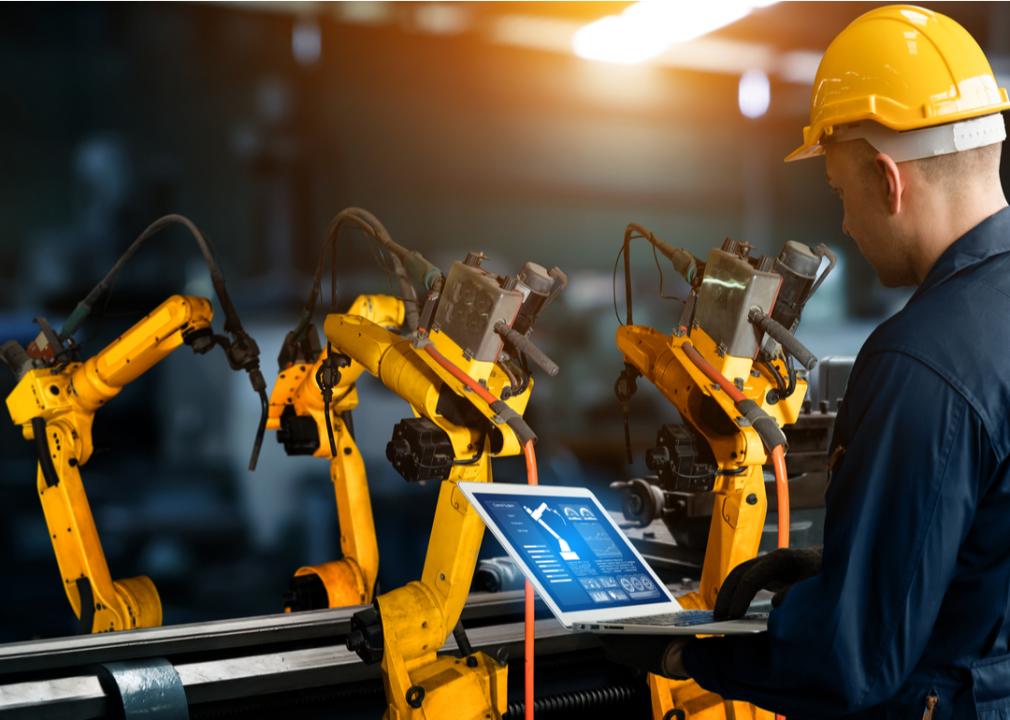
The economic value of IoT could reach $5.5 trillion to $12.6 trillion by 2030
McKinsey estimates that IoT will become a $5.5 to $12.6 trillion industry by 2030. This growth will be fueled by use in the specific environments that will thrive most by using IoT devices. These industries include manufacturing, where manufacturers are able to take advantage of smart devices that share data and provide instant feedback. Other industries adding value from IoT include health care, where cutting-edge technology can save more lives and ensure better outcomes. McKinsey points out that besides these business-to-business applications, IoT devices have proven to be popular with consumers for use in their homes and cars.
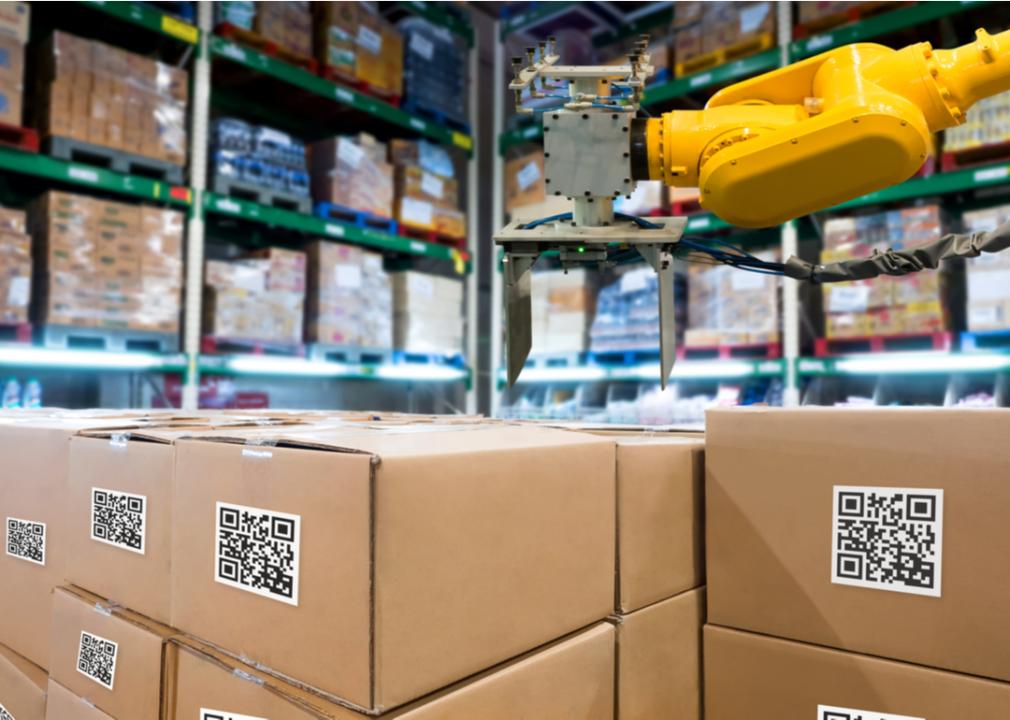
China is estimated to capture more than 26% of the total value of IoT devices by 2030
As a manufacturing hub that’s home to 1.4 billion people, McKinsey estimates that China will have more than 26% of the global IoT industry’s value by 2030. With such a large portion of the potential IoT market, China has an opportunity to capitalize on what McKinsey identifies as the two most valuable portions of the growth in IoT value. First is operations productivity, meaning the efficiency with which people and machinery are able to fabricate materials, build devices, and more. Second is improving human productivity, a category that could include worke
rs in almost every industry.


